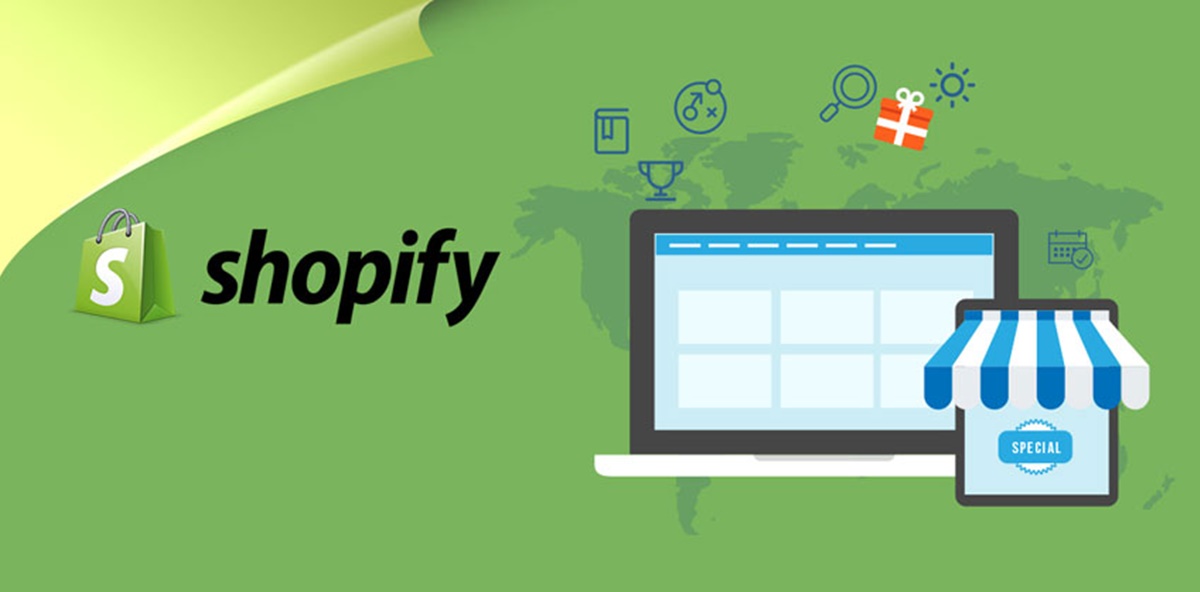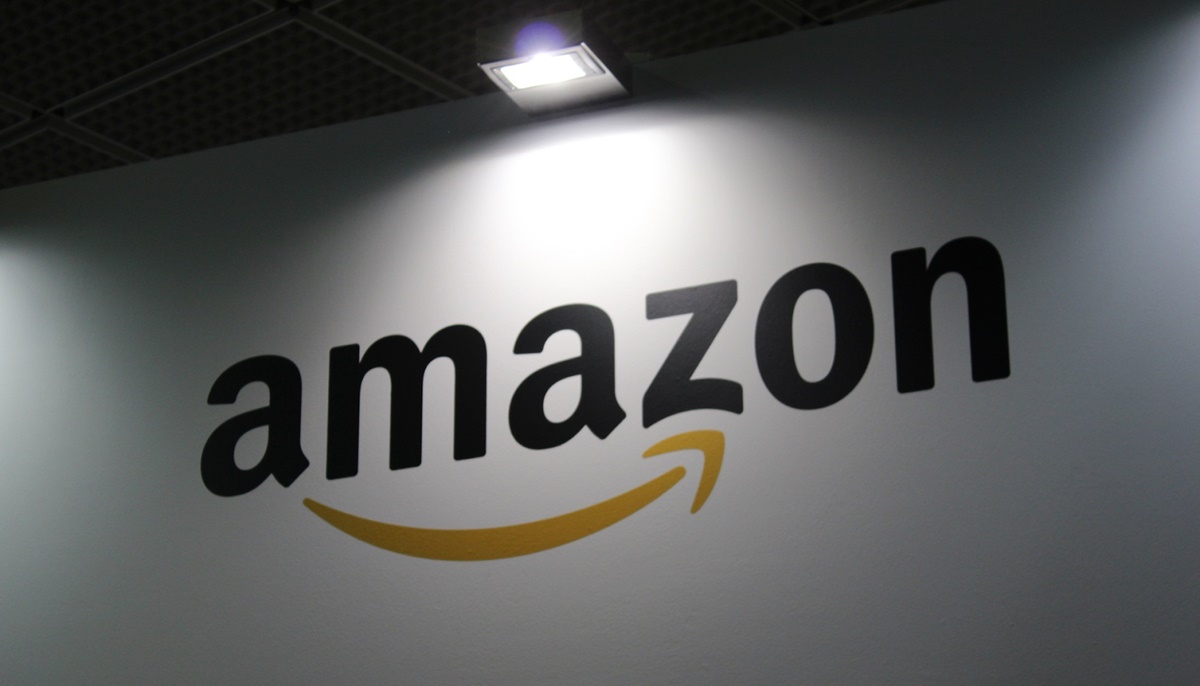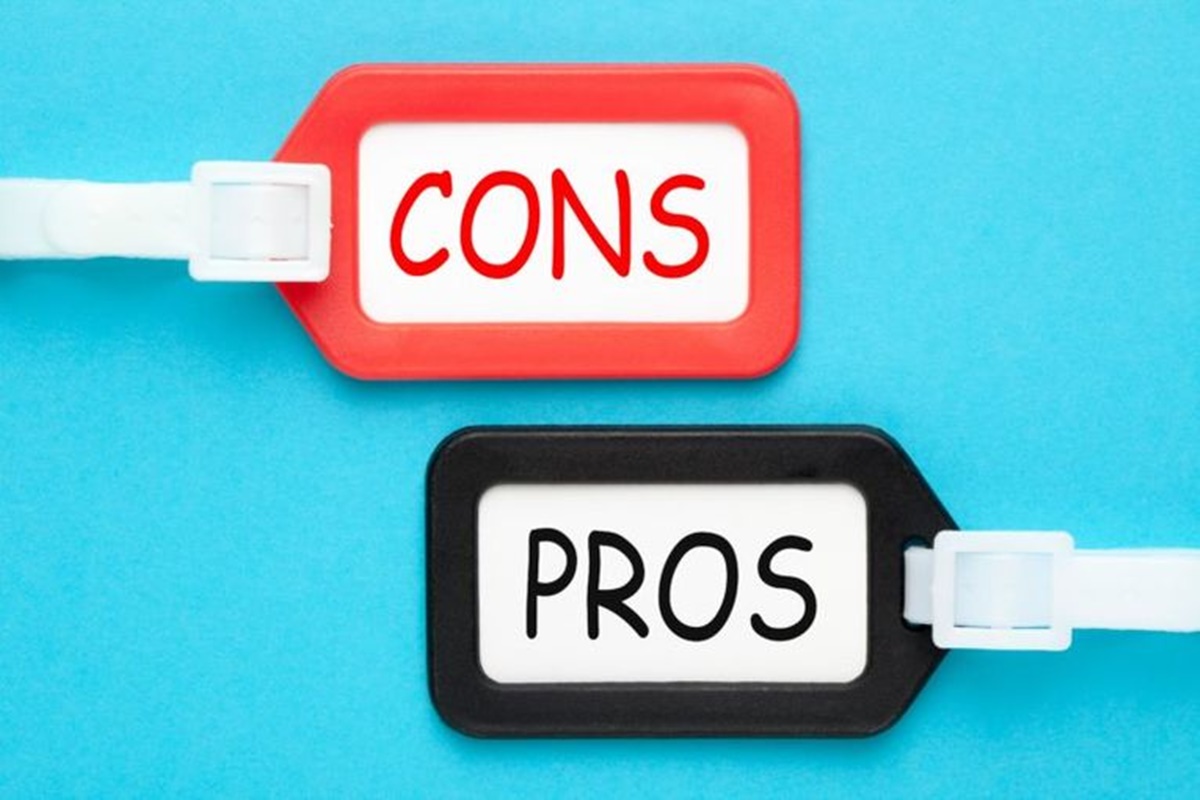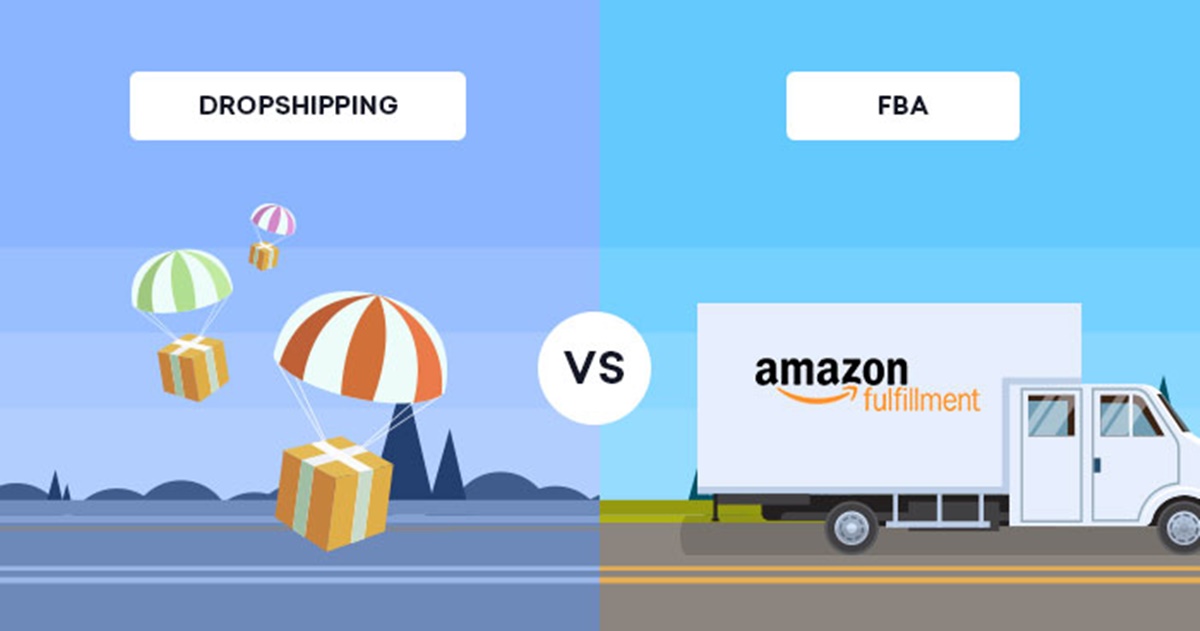How to Pick the Best Option When Comparing Shopify Dropshipping and Amazon FBA
As a digital business owner, one of the most important decisions that you need to make is to determine what eCommerce platform you should use to sell your products online — and, as two of the biggest names in eCommerce, you're likely to end up having to choose between Shopify and Amazon.
An Overview of Shopify

An Overview of Amazon FBA

As you already know, Amazon is the largest online retailer in the world, and if you sell your products on Amazon (or offer your services through Amazon Home Services), you have the potential to reach millions of consumers worldwide.
In this regard, selling on Amazon is incredibly beneficial for new or very small businesses that do not yet have sufficient inventory to establish a standalone online store and build a customer base. Amazon is equally beneficial to existing online businesses as a source of external revenue and as a means of luring new customers back to their dedicated online stores. While it may take time to catch up with selling on Amazon, and you will need to ensure compliance with Amazon's policies, creating a vendor profile and listing your products is relatively simple.
You can take advantage of Fulfillment by Amazon (FBA), which allows Amazon to store your inventory and handle only packaging and shipping when orders are placed. However, if you're only selling a few items, you can choose to do it yourself.) Check out our comprehensive Amazon sales guide for step-by-step instructions on how to become an Amazon seller.
Amazon FBA vs Shopify: Pros and Cons
Shopify Pros/Cons

So, what are Shopify's essential features? What do you desire and what do you not desire? Both of these will assist you in making a decision. Shopify is a high-quality platform designed to provide you with your own marketplace.
On your Shopify website, you don't have to compete with anyone because it's all about you and the products you're selling. However, Shopify offers a variety of benefits, as well as a few pitfalls that you'll want to avoid.
Pros:
- Easy to use
- Easy to design
- Variety of app integrations
- Flexible design
- Pricing levels/options
- High level of security
- Quality customer support
- High level of reliability
- Fast loading speed
- Quality seller support
- Variety of website features
- Great value for the money
- Variety of sales features
- Wide range of apps
- 24/7 customer support
- Easy mobile responsiveness
- Variety of eCommerce tools
- Quality sales features
- Ability to create your own brand
Cons:
- Monthly fees and app store
- Images show in varying aspect ratios
- No built-in marketing
- Adding customization is difficult/costly
- 3 option limit per product
- Only 1 abandoned cart follow-up
- Transaction fees for third-party payments
- Phone support is difficult outside certain areas
- Apps required for many features
- Some integrations have been removed
- Low tier plan does not offer full online store
- No professional reporting with basic package
- Selling is only allowed from certain countries
Amazon FBA Pros/Cons

You may believe that Amazon provides you with numerous benefits. After all, virtually everyone has heard of Amazon, correct? Consequently, the idea of working with Amazon is very appealing, but is it necessarily your best option? We'll examine some of the benefits and drawbacks associated with Amazon FBA.
If you're utilizing this service, it's not the same as simply posting and selling items on Amazon. The process will be slightly different and slightly more involved moving forward. Let's examine some of the essential information.
Pros:
- High volume of traffic
- Packing and shipping included
- Inventory storage included
- Easy to use
- Easy to set up
- Possibility to get in the buy box
- Individual plan great for small-scale sellers
- Quick to start the first sale
- Qualify for Amazon Prime
- Easy to find customers
- Multi-Channel fulfillment
- Finding customers is automatic
- Higher selling ability than non-FBA
Cons:
- Huge competition
- Few layout/design options
- Difficult to create your own branding
- Customer support is not as user friendly
- Few payment options
- Charges transaction fees
- Not as much variety on selling
- Difficult to track inventory
- Prepping for shipping is difficult
- Returns can be too easy
- Difficult to budget for fees
Shopify vs Amazon FBA: Understand the best and the worst of each platform

The Best Parts Of Shopify Dropshipping
The Worst Parts Of Shopify Dropshipping
The Best Parts Of FBA
By far, the best aspect of running a successful FBA business is earning money while you sleep. Believe the hype; if you set up your business correctly, FBA can generate passive income.
Certainly, you will have to work extremely hard in the beginning. But once you've conquered the market and your business is selling like hotcakes, you can relax. The most successful FBA sellers are always looking for ways to increase their profits, which can be accomplished through a variety of marketing strategies. Giveaways, Facebook advertisements, and social media campaigns are all effective. Yet, even in such cases, Giveaways, Facebook Advertising, and Social Media Campaigns can be extraordinarily effective. However, even this should only require a few hours per week.
Amazon FBA also facilitates the creation of your own brand. A profit of this magnitude cannot be ignored. Creating a brand signifies that you have something with genuine potential. Certainly, Shopify Dropshipping could be regarded as a brand. However, it is not the same as producing one's own goods.
Nothing prevents you from building your own online store or selling on other platforms with FBA. You're not confined to Amazon. Thus, you can enjoy all the benefits of Shopify Dropshipping while creating your own products and brand.
Amazon FBA can be difficult to comprehend, but it still offers numerous opportunities. If you can secure a niche that no one else is targeting, it is relatively simple to build a brand around it.

Comments
Post a Comment